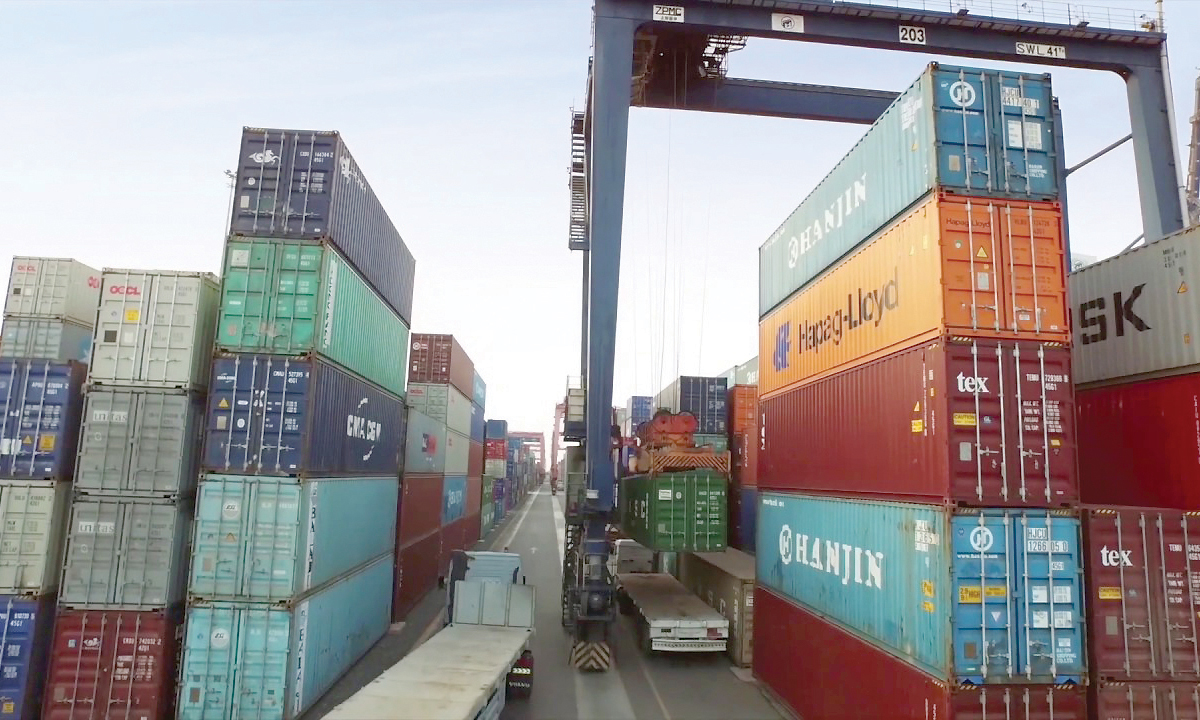

Muscat, Dec 24 - After growing 8.5 per cent in 2018, up from 4.1 per cent in 2017, non-hydrocarbon industrial activities in the Sultanate shrank 4 per cent in 2019, weighed down by a general contraction in the economy, according to the Central Bank of Oman (CBO).
Non-hydrocarbon industrial activities constituted 18.8 per cent of aggregate GDP and 26.8 per cent of total non-hydrocarbon activities, the apex bank noted in its 2019 Annual Report.
Manufacturing, which represents the largest share in non-hydrocarbon industrial activities at 54 per cent, shrank by 4.6 per cent in 2019. In aggregate GDP, the manufacturing sector contributed 10.5 per cent in 2019 which is almost the same as envisaged by the ninth Five-Year Development Plan (2016-2020).
The growth in the electricity and water supply sector, however, contained a small part of the contractionary impact on non-hydrocarbon industrial activities as it expanded by 3.4 per cent in 2019, albeit at a moderated pace compared to 3.9 per cent in 2018, the report said.
“Non-hydrocarbon industries feature prominently under the private sector-led growth strategy to foster diversification in the economy. Two of the five sectors, i.e. manufacturing and mining / quarrying, covered under the ninth Five-Year Development Plan and the Tanfeedh programme, are from the non-hydrocarbon industry. The Five-Year Development Plan targeted to increase the contribution of Mining & Quarrying sector to GDP to 0.4 per cent by the end of 2020 and the sector’s contribution in 2019 stood at 0.5 per cent,” the Central Bank stated.
According to the report, the development of world class infrastructure including industrial clusters, industrial estates, and special economic zones over the last few years has made the Sultanate an attractive destination for international investment in non-hydrocarbon industrial activities such as manufacturing, tourism and logistics. Free zones such as Salalah and Suhar as well as special integrated economic cities such as Duqm Special Economic Zone and Khazaen Economic City offer incentives for investors such as 100 per cent foreign ownership, no import and re-export duties and no personal income tax for employees.
The transportation and logistics sector is among the top sectors that foster economic diversification in Oman and its envisioned contribution to total GDP by the end of ninth Five-Year Development Plan is 6.8 per cent. The fast developments in the sector have made Oman as an aspiring regional logistics hub.
The development of the renewable energy sector and reduced reliance on hydrocarbon sources for energy provide major support for significant and sustainable economic production in general and non- hydrocarbon industrial activities in particular. Oman’s current target is to meet 16.0 per cent of its total power generation from renewables by 2025. Such sources mainly include solar and wind power, with the six solar and wind projects planned for execution expected to produce renewable energy up to 2.65 GW by 2024.
“The development of renewable energy sources would not only contribute to growth of other non- hydrocarbon activities, but would also help save hydrocarbon resources for exports,” the Central Bank noted.
Oman Observer is now on the WhatsApp channel. Click here



